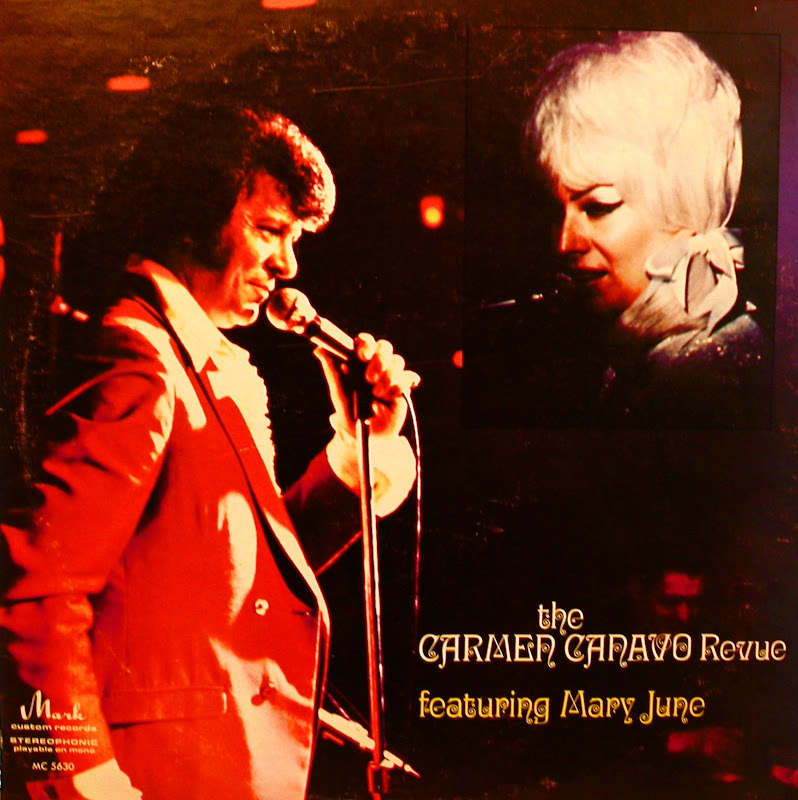
Last week the world of Haute Couture bade a fond farewell to a very influential woman, oft-called "muse" (although she loathed the term preferring "assistant") to the late Yves Saint-Laurent, the woman who inspired (some might say created) his infamous
Le Smoking look - men's formal suits for women - and contributor to the development of "chunky" jewellery as an art-form.

Louise de la Falaise, better known as Loulou, was born in England to an Irish mother, Maxime, and French father, the Count Alain de la Falaise.
She was born into an aristocratic family that predisposed her to a life directed by fashion and art: her mother was a model for Schiaparelli (who photographer Cecil Beaton once told,
"You are the only English woman I know who manages to be really chic in really hideous clothes"), and her maternal grandfather, Sir Oswald Birley, was the favourite portrait painter of Queen Mary. Maxime’s brother Mark Birley later opened Annabel’s nightclub in Berkeley Square.
Loulou spent her teenage years in London, which was a bohemian period for her. She worked as a fashion editor for
Queen - now
Harper’s Bazaar - magazine. As the Sixties were coming to a close, Loulou followed her mother to New York, where Maxime remarried to John MacKendry, a curator at the Metropolitan Museum.
In New York, Loulou soon found friends; amongst them, Robert Mapplethorpe and Andy Warhol. Her long career in fashion was about to take off. She modelled for
Vogue; and like her mother, who had posed for Cecil Beaton, Loulou would model for fashion’s favourite photographers: Richard Avedon, Helmut Newton, amongst others. She also designed prints for Halston.

Passing through Paris in 1968, Loulou was introduced to Yves Saint Laurent at a tea party given by Fernando Sanchez. Two years later he would ask her to join his team, and in 1972 she entered the house of Yves Saint Laurent. No one was closer to Yves than Loulou, and he gave her the responsibility of the accessories department.
“She has an extraordinary lightness of touch, along with a faultless critical view of fashion. Intuitive, innate, individual. Her presence at my side is a dream.” Yves Saint Laurent

Loulou de la Falaise had a style that was all her own, and no doubt inspired Saint Laurent in his collections. She was ahead of her time in her ability to apparently haphazardly throw together outfits that just worked. She was one of fashion's greatest magpies. Her bold approach to jewellery and accessories in particular is one that continues to inspire countless designers and stylists.
She said:
"Accessories have an important role in our busy lives. If you’re going out to dinner but don’t have time to change, you can take your jacket off and put on a jewel that you’ve had in your briefcase, or downsize your handbag. Much easier than carrying an evening dress on the metro to work..."
 "It was her creative way with colour and texture and mixes of clothes and jewellery that attracted Saint Laurent. She knew how to finish off an outfit with a giant crocodile belt, a jangle of earrings, or a cluster of oversized wooden bangles. Accessories were her playthings. She would wear brightly coloured turbans, cossack boots, gypsy skirts mixed with a beaded couture jacket. She shared with Saint Laurent a penchant for mixing up off beat colours - red and purple, gold and red. There would always be a nod to an exotic, far flung place - Moroccan amber beads, or Chinese jade. It is a style that many women like to try to emulate, but it her chic nonchalance is difficult to imitate if it is not something you are born with." Fashon writer Tamsin Blanchard
"It was her creative way with colour and texture and mixes of clothes and jewellery that attracted Saint Laurent. She knew how to finish off an outfit with a giant crocodile belt, a jangle of earrings, or a cluster of oversized wooden bangles. Accessories were her playthings. She would wear brightly coloured turbans, cossack boots, gypsy skirts mixed with a beaded couture jacket. She shared with Saint Laurent a penchant for mixing up off beat colours - red and purple, gold and red. There would always be a nod to an exotic, far flung place - Moroccan amber beads, or Chinese jade. It is a style that many women like to try to emulate, but it her chic nonchalance is difficult to imitate if it is not something you are born with." Fashon writer Tamsin Blanchard

In an interview in 2003, de la Falaise said,
"I never think ahead about what I'm going to wear. I get out of my bath and then I dress. Sometimes, it's a new pair of shoes and I work around that. But sometimes it simply depends on what's at the cleaners and what's around." Her style was totally instincitive and un-self-conscious: "I'm actually terrible about thinking ahead. When people say, 'What are you going to wear?' - that gets me very nervous. When I throw things together at the last minute, I'm happy."

Her legacy is everywhere in modern jewellery and fashion, inspired by her ability to turn the ordinary onto the extraordinary.
As her mother Maxime said,
"All we had were rags and Loulou could turn them into riches and create a new look. She was the best-dressed woman with a safety pin."
Loulou's obituary in The Guardian























































